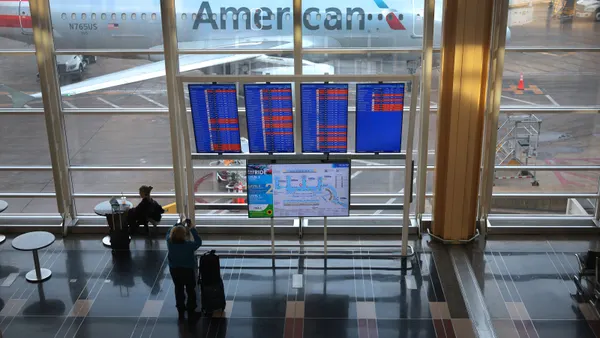Dive Brief:
- More customer success leaders are reporting to the highest levels of their organization, as top executives look to them to drive long-term, sustainable growth.
- This year, half of customer success teams said they report directly to the CEO — a 15 percentage point jump from last year, according to a survey of more than 1,250 customer success leaders by ChurnZero, ESG, SaaStr and HubSpot.
- Customer success leaders are also moving up the organizational ladder. In total, 2 in 5 of customer success teams are led by EVPs, SVPs or VPs in 2023.
Dive Insight:
As customer success teams climb the organizational ladder and establish their importance within their organizations, there’s one central problem leaders face: resource limitations.
Economic headwinds — particularly in tech, where many customer success teams are situated — are creating budgetary and hiring limitations.
Customer success team size has been largely stagnant this year; 55% of leaders said their teams' headcount remained the same or dropped. Layoffs affected companies in the larger revenue bands, $50 million and above, the most.
The majority of customer success leaders, 3 in 5, said their non-headcount budget remained the same or decreased — all while businesses appeared to prioritize the customer success function, the report found.
That’s in direct contrast to the growth and spending of customer success teams in 2022. “Boards and investors want to see sustainable growth and profitability” and customer success teams “need to do more with less,” You Mon Tsang, CEO and co-founder of ChurnZero, said in an email.
Notably, companies with less revenue were more likely to report directly to the CEO, a finding that likely has to do with the size of a company and the complexity of its reporting structure.
The survey found that companies with more than $500 million in revenue saw only 17% of customer success teams reporting to the CEO, while 75% of companies with less than $5 million had their customer success teams report to the CEO.
It’s clear, however, that larger companies are placing more value on customer success functions. Those companies with $250 million to $499 million in revenue saw a 26 percentage point increase in EVP, SVP and VP customer success titles in 2023, while senior director/director titles decreased 32 percentage points.
To Tsang, that’s a good thing.
“It means that customer success is well on its way to becoming the most significant and best-performing department in every subscription business,” Tsang said. “Customer success departments are no longer simply the customer’s advocate and the custodian of the customer experience — they’re also revenue teams.”
"The rise of the chief customer officer, reporting directly to the CEO, makes perfect sense as [customer success] teams prove their ability to drive long-term, sustainable growth,” Tsang said.










